Herzog & de Meuron returns to Duisburg for MKM Museum Küppersmühle extension
Tour the new extension at the MKM Museum Küppersmühle in Duisburg, Germany, a cultural hub courtesy of Herzog & de Meuron
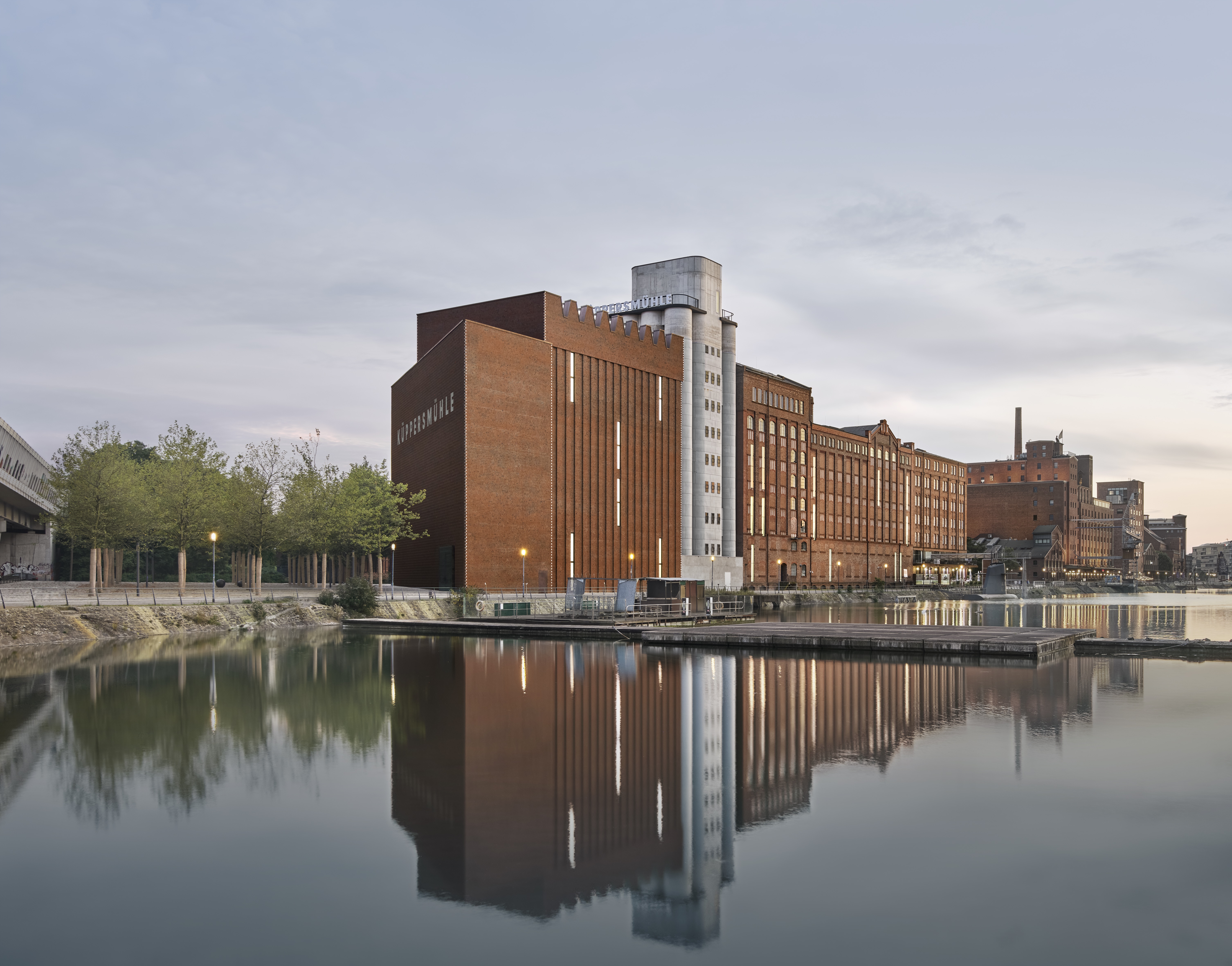
Simon Menges - Photography
If you've come across the city of Duisburg (population about half a million, nestled among the hills and valleys of Rhineland), chances are it would have been for its industrial architecture heritage, or status as the world's biggest inland port – or for its famed arts hub, the MKM Museum Küppersmühle, the centre for modern and contemporary art in Duisburg’s Inner Harbour and one of the most extensive private collections of German post-war art. And now, Swiss duo Jacques Herzog and Pierre de Meuron, the museum's original architects, are back in town, celebrating the launch of their latest addition to Duisburg’s culture scene, Herzog & de Meuron’s new extension of the Küppersmühle.
A look back in MKM Museum Küppersmühle’s history
If you look at the majestic, brick structure housing the museum and get visions of the Tate Modern in London, there’s good reason. Duisburg’s Küppersmühle is also the result of the Swiss architecture studio’s skillful redesign of an existing industrial building – done around the same time too (the Tate launched in 2000 and the Duisburg project in 1999). The original structure on site was a grain mill, built in 1860 by leading local industrialist Wilhelm Vedder. This was replaced in 1908 by the complex of three buildings that makes up the museum today. Over the years a boiler house, a series of adjacent steel silos, and other buildings were added, until the facility closed down in the 1970s.
Herzog & de Meuron was first involved with the site in 1997, transforming the original complex into an art hub, aiming to give the campus a new lease of life as part of the city’s regeneration plans for this part of town (the masterplan was the work of Foster + Partners). The studio was called back again in 2013, appointed to create an extension to the impressive complex of historical buildings, kickstarting a new era for MKM Museum Küppersmühle.
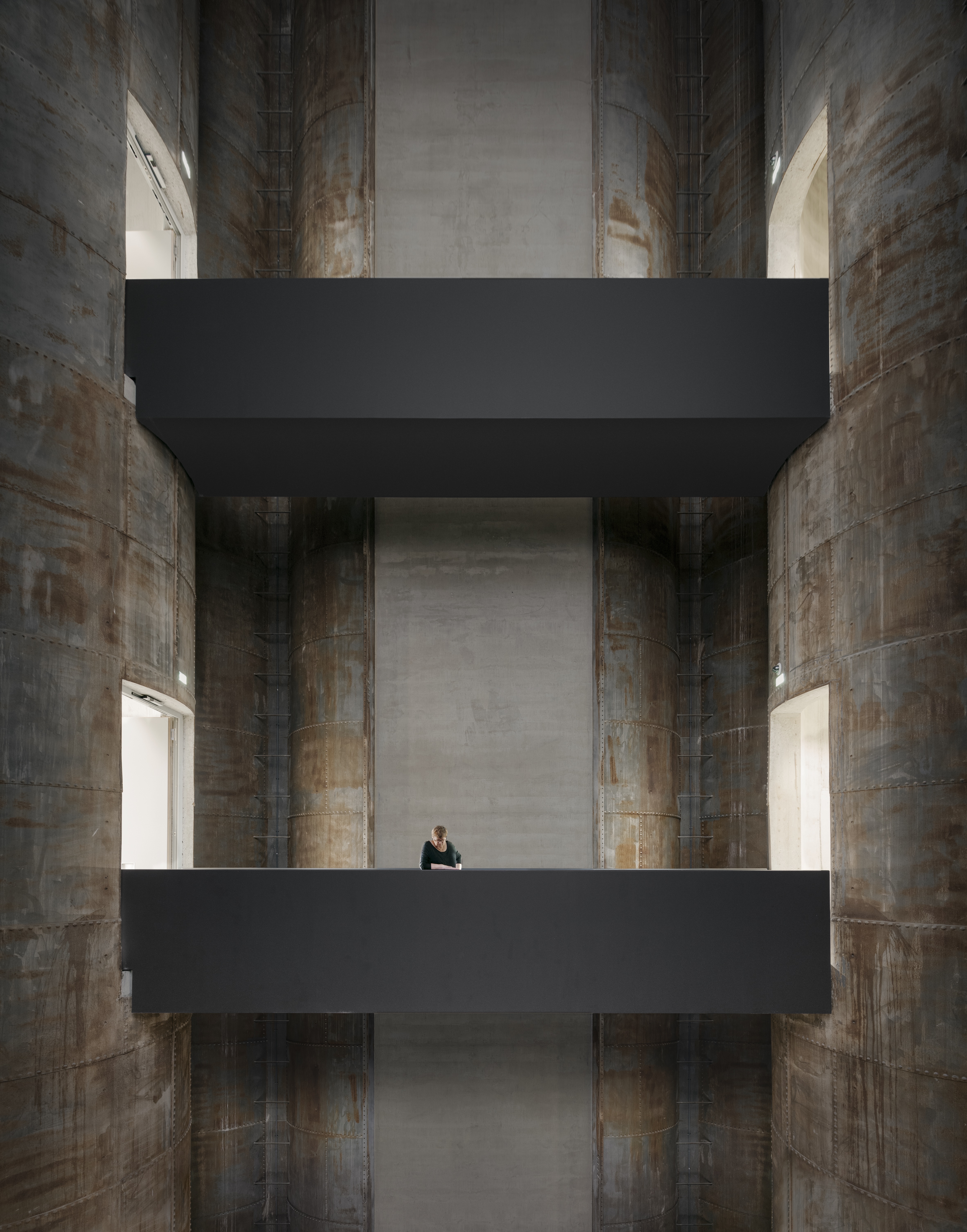
Bridges across the former silos connect the old and new parts of the museum
The MKM Museum Küppersmühle extension
Respectful to the existing, orthogonal brick volumes on site and the wider setting, the architects created an addition that becomes a seamless part of the historical whole. ‘The new structure thus completes the existing museum complex in a visually appropriate way and forms a suitable conclusion to the row of buildings along the dock,’ they say. ‘At first glance it might seem as though the new building had always been there.’
Divided into three parts, the new addition contains exhibition halls, as well as utilities and art-handling facilities across five floors (one is underground) and a massing arrangement led by local planning guidelines that stipulate no building within 40m of the autobahn. Bridges through the existing silos connect the old and new parts – although these industrial features will serve more than one purpose as American artist James Turrell has created two permanent site-specific installations for them, which are planned to be revealed in 2022. Materials were chosen to complement and draw on the historical fabric.
A striking, curved staircase connects all floors in the new section, and supports circulation flow throughout. At the same time, through its terracotta tone and textured concrete materiality, it echoes, together with the wider project, the overall character of the Küppersmühle ‘as a typical industrial facility of the 19th and 20th centuries’ – an approach that helps to establish this museum not only as a functional, modern home for the arts, but also as a considered piece of contemporary architecture.
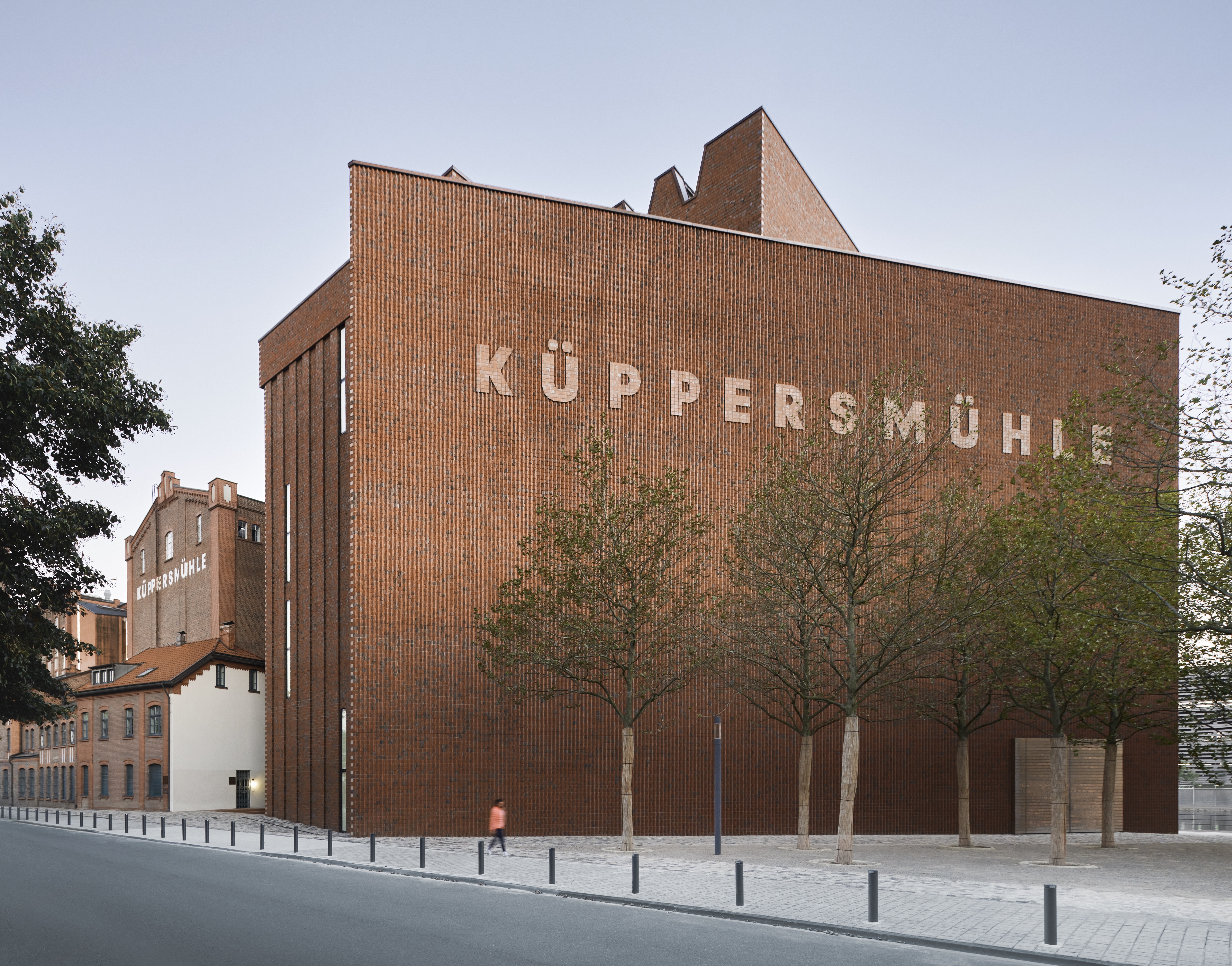
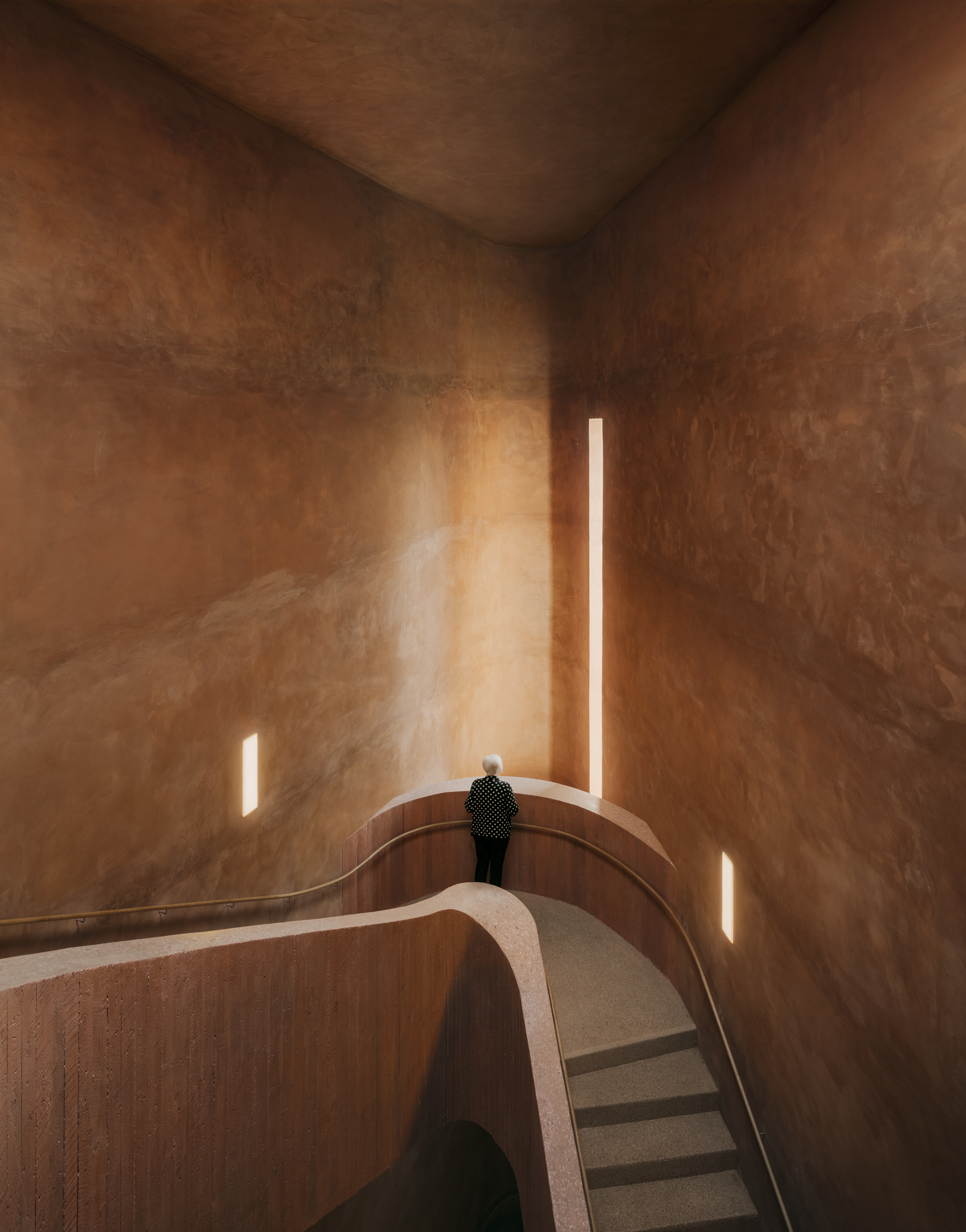
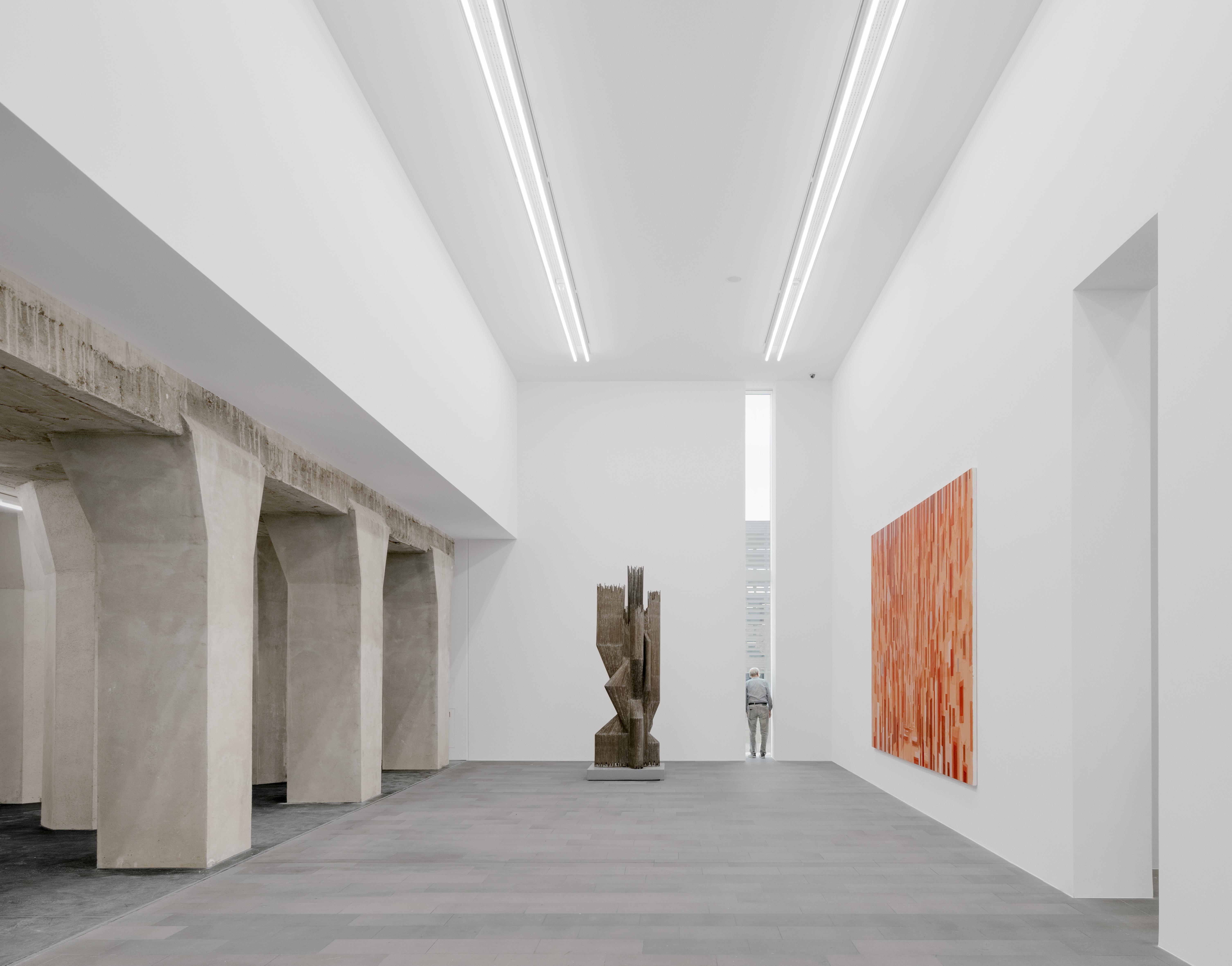
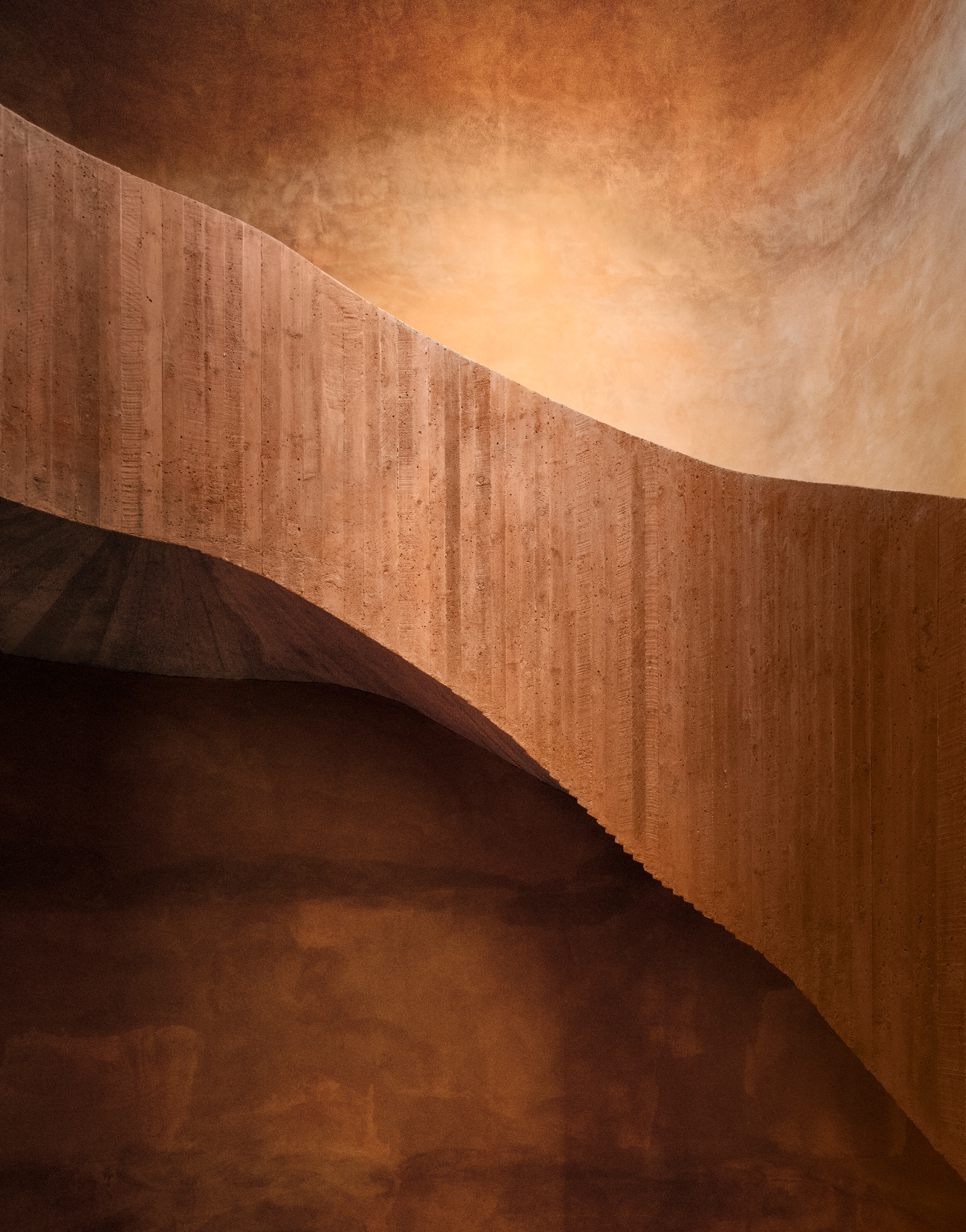
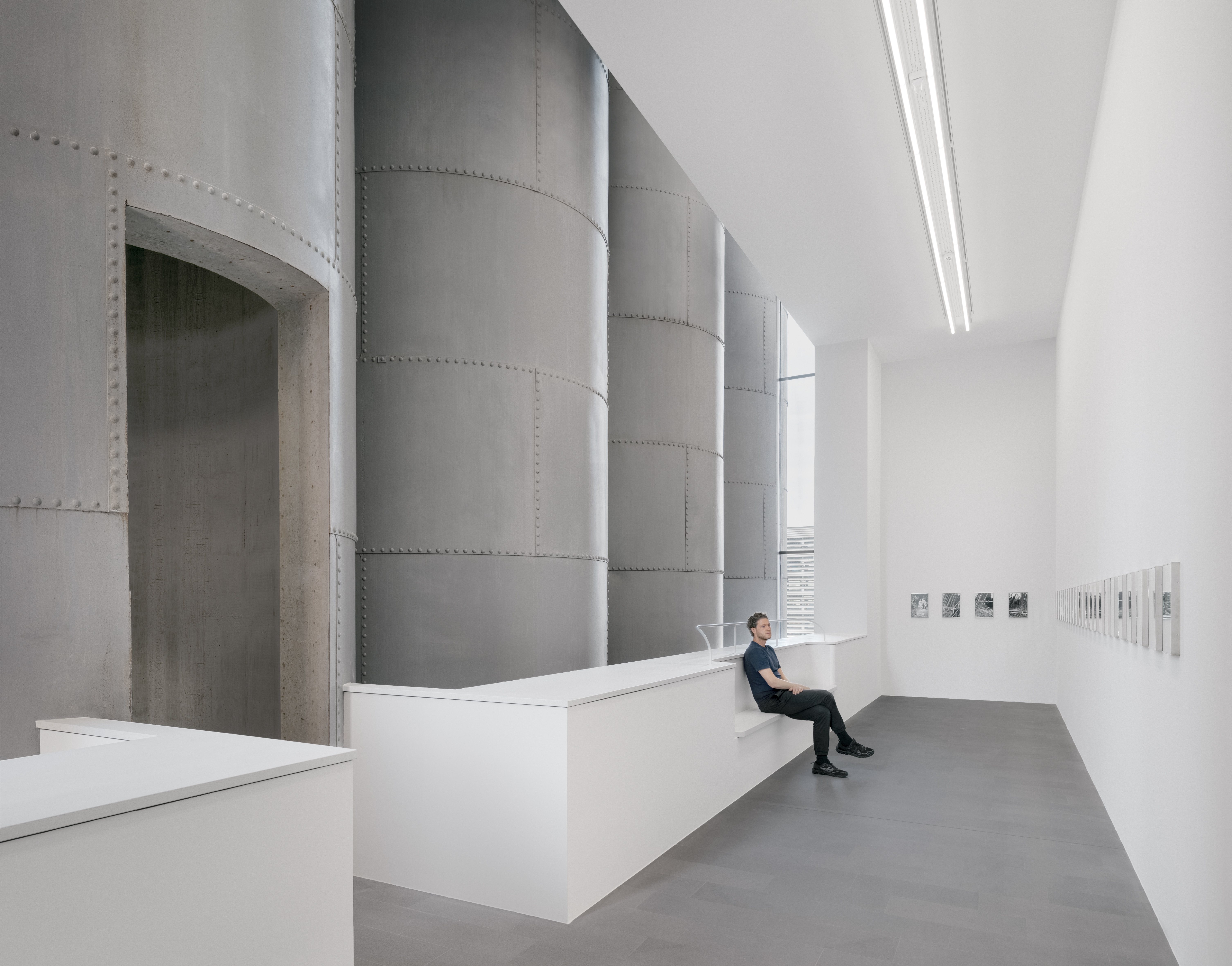
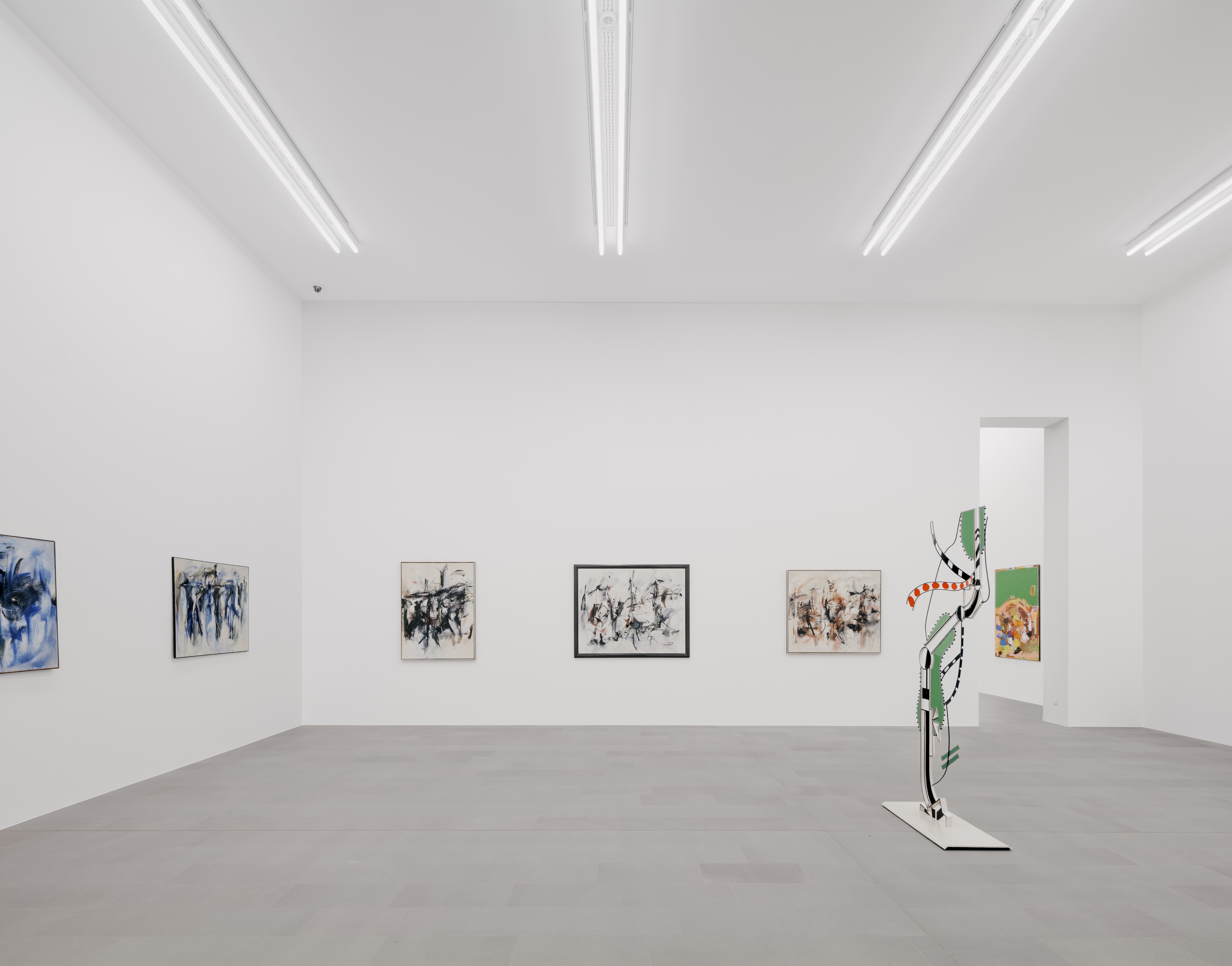
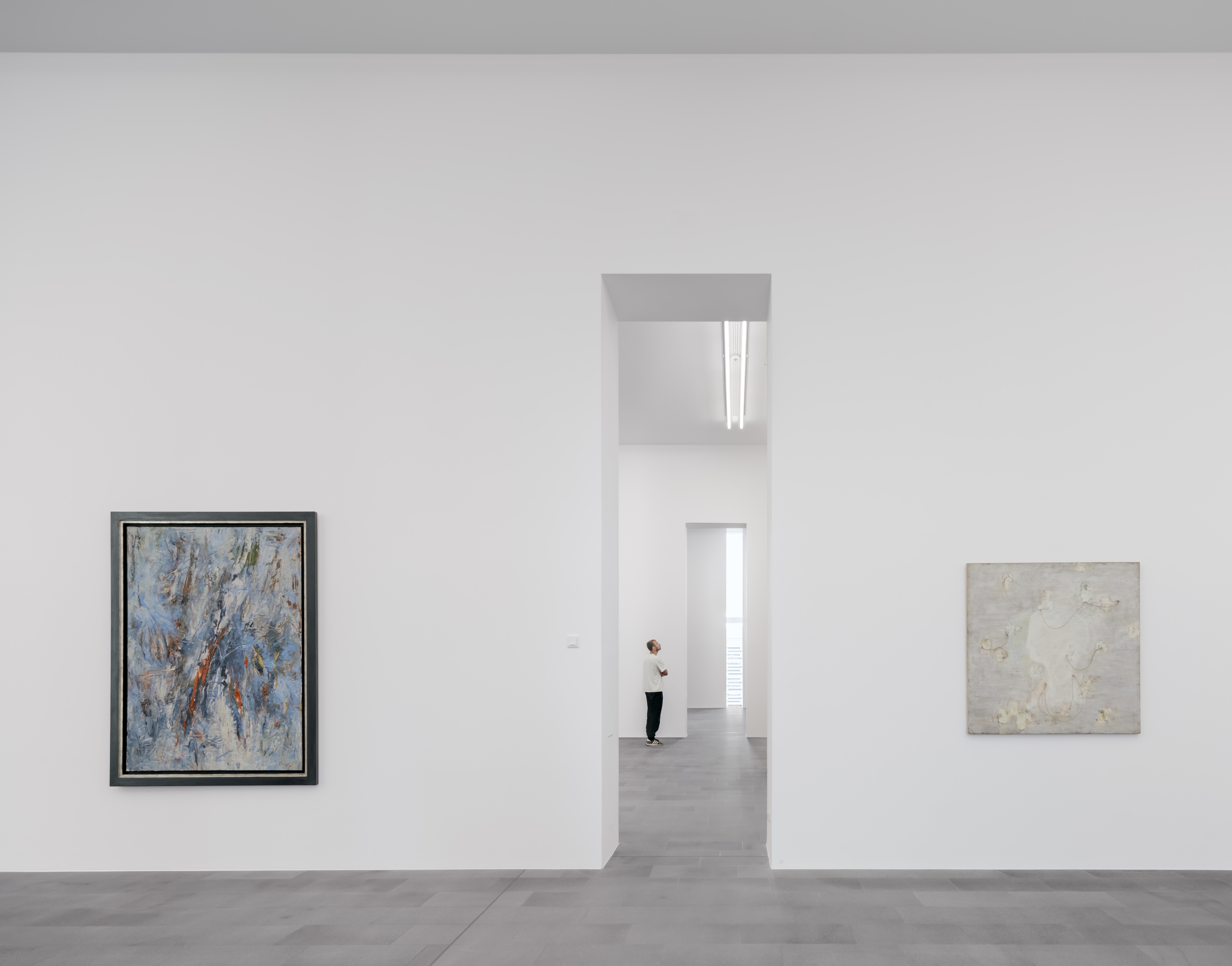
INFORMATION
herzogdemeuron.com
Wallpaper* Newsletter
Receive our daily digest of inspiration, escapism and design stories from around the world direct to your inbox.
Ellie Stathaki is the Architecture & Environment Director at Wallpaper*. She trained as an architect at the Aristotle University of Thessaloniki in Greece and studied architectural history at the Bartlett in London. Now an established journalist, she has been a member of the Wallpaper* team since 2006, visiting buildings across the globe and interviewing leading architects such as Tadao Ando and Rem Koolhaas. Ellie has also taken part in judging panels, moderated events, curated shows and contributed in books, such as The Contemporary House (Thames & Hudson, 2018), Glenn Sestig Architecture Diary (2020) and House London (2022).
-
 Put these emerging artists on your radar
Put these emerging artists on your radarThis crop of six new talents is poised to shake up the art world. Get to know them now
By Tianna Williams
-
 Dining at Pyrá feels like a Mediterranean kiss on both cheeks
Dining at Pyrá feels like a Mediterranean kiss on both cheeksDesigned by House of Dré, this Lonsdale Road addition dishes up an enticing fusion of Greek and Spanish cooking
By Sofia de la Cruz
-
 Creased, crumpled: S/S 2025 menswear is about clothes that have ‘lived a life’
Creased, crumpled: S/S 2025 menswear is about clothes that have ‘lived a life’The S/S 2025 menswear collections see designers embrace the creased and the crumpled, conjuring a mood of laidback languor that ran through the season – captured here by photographer Steve Harnacke and stylist Nicola Neri for Wallpaper*
By Jack Moss
-
 The Yale Center for British Art, Louis Kahn’s final project, glows anew after a two-year closure
The Yale Center for British Art, Louis Kahn’s final project, glows anew after a two-year closureAfter years of restoration, a modernist jewel and a treasure trove of British artwork can be seen in a whole new light
By Anna Fixsen
-
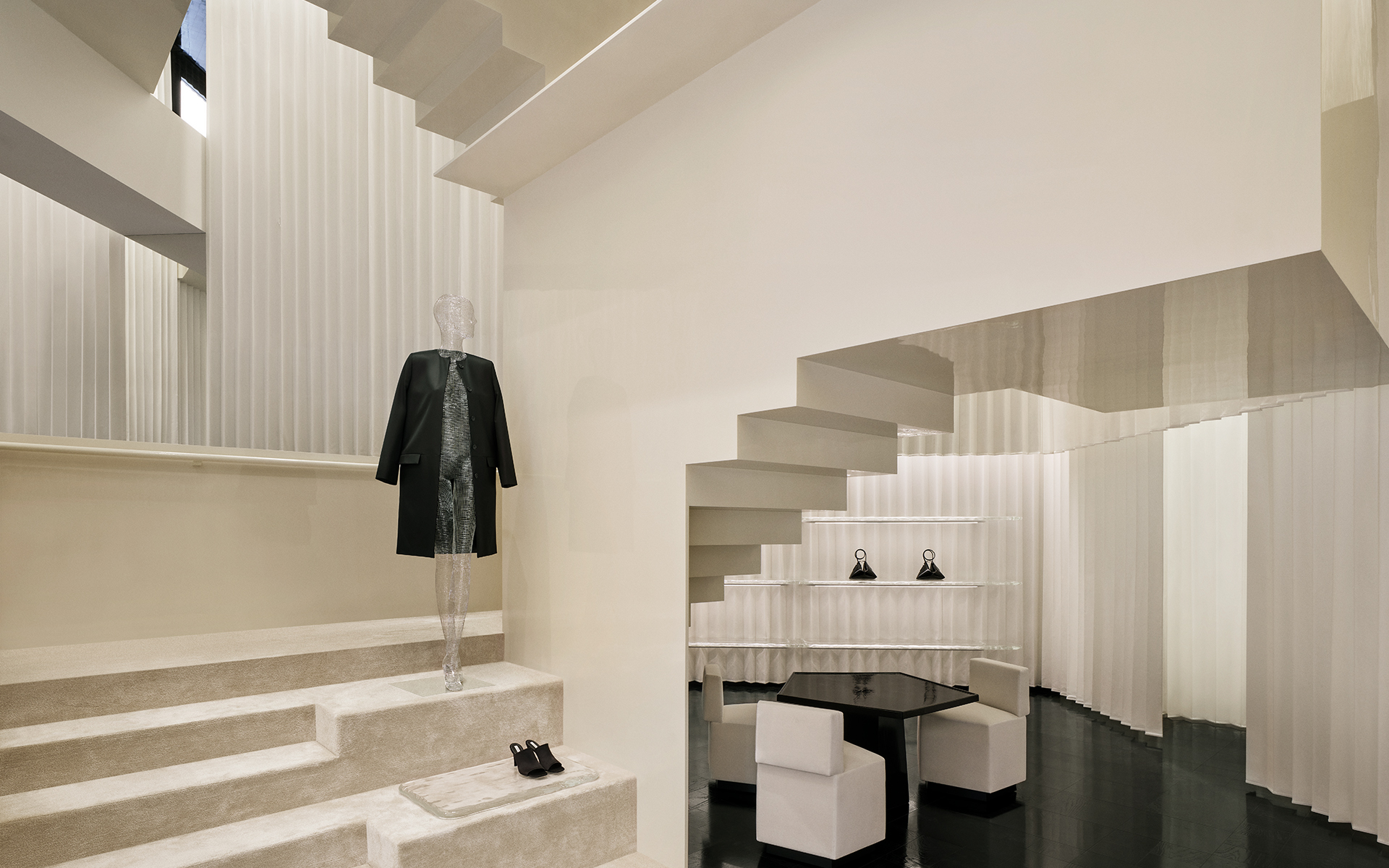 Bold, geometric minimalism rules at Toteme’s new store by Herzog & de Meuron in China
Bold, geometric minimalism rules at Toteme’s new store by Herzog & de Meuron in ChinaToteme launches a bold, monochromatic new store in Beijing – the brand’s first in China – created by Swiss architecture masters Herzog & de Meuron
By Ellie Stathaki
-
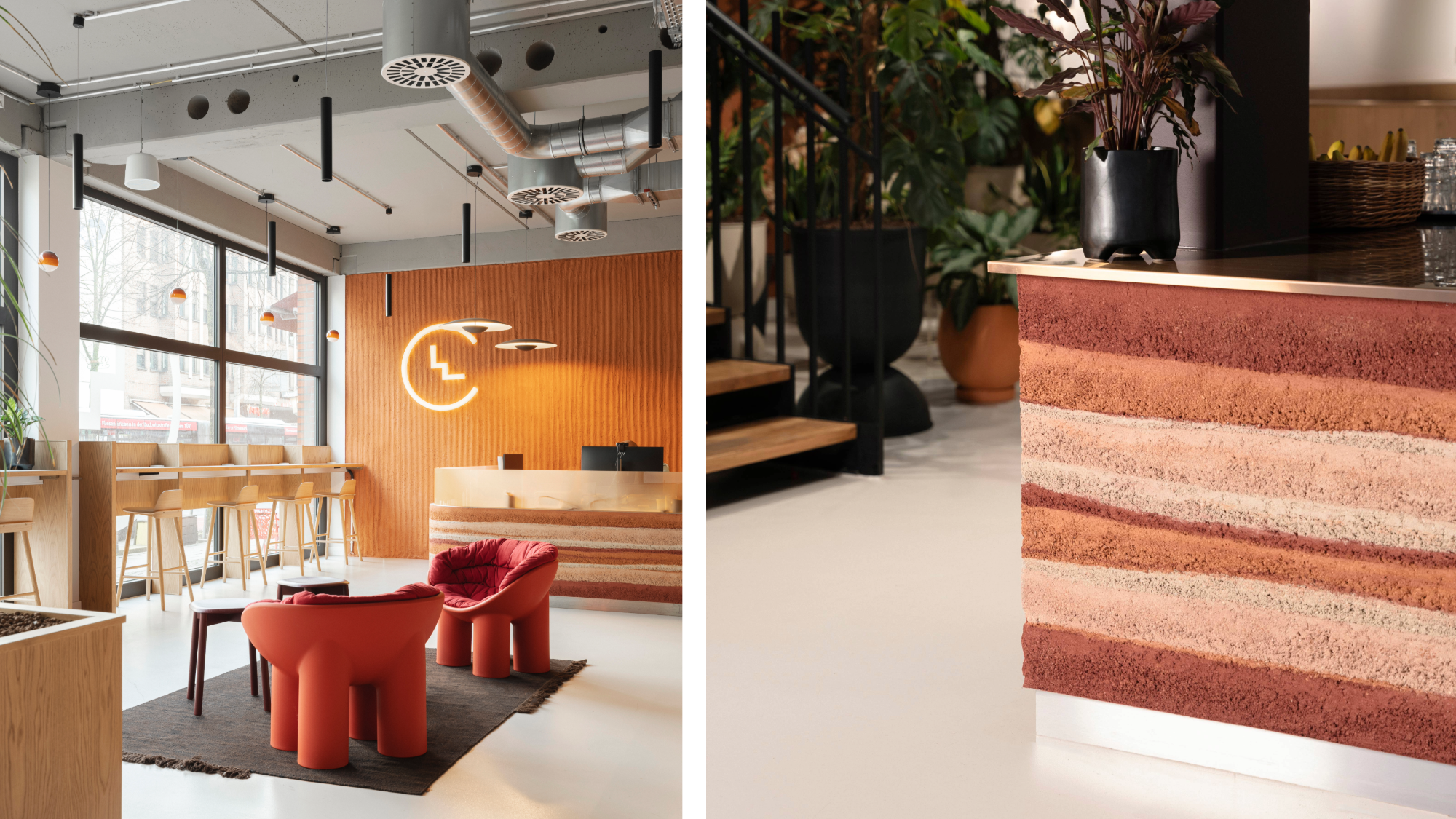 Step inside Clockwise Bremen, a new co-working space in Germany that ripples with geological nods
Step inside Clockwise Bremen, a new co-working space in Germany that ripples with geological nodsClockwise Bremen, a new co-working space by London studio SODA in north-west Germany, is inspired by the region’s sand dunes
By Léa Teuscher
-
 Join our world tour of contemporary homes across five continents
Join our world tour of contemporary homes across five continentsWe take a world tour of contemporary homes, exploring case studies of how we live; we make five stops across five continents
By Ellie Stathaki
-
 You’ll soon be able to get a sneak peek inside Peter Zumthor’s LACMA expansion
You’ll soon be able to get a sneak peek inside Peter Zumthor’s LACMA expansionBut you’ll still have to wait another year for the grand opening
By Anna Fixsen
-
 A weird and wonderful timber dwelling in Germany challenges the norm
A weird and wonderful timber dwelling in Germany challenges the normHaus Anton II by Manfred Lux and Antxon Cánovas is a radical timber dwelling in Germany, putting wood architecture and DIY construction at its heart
By Ellie Stathaki
-
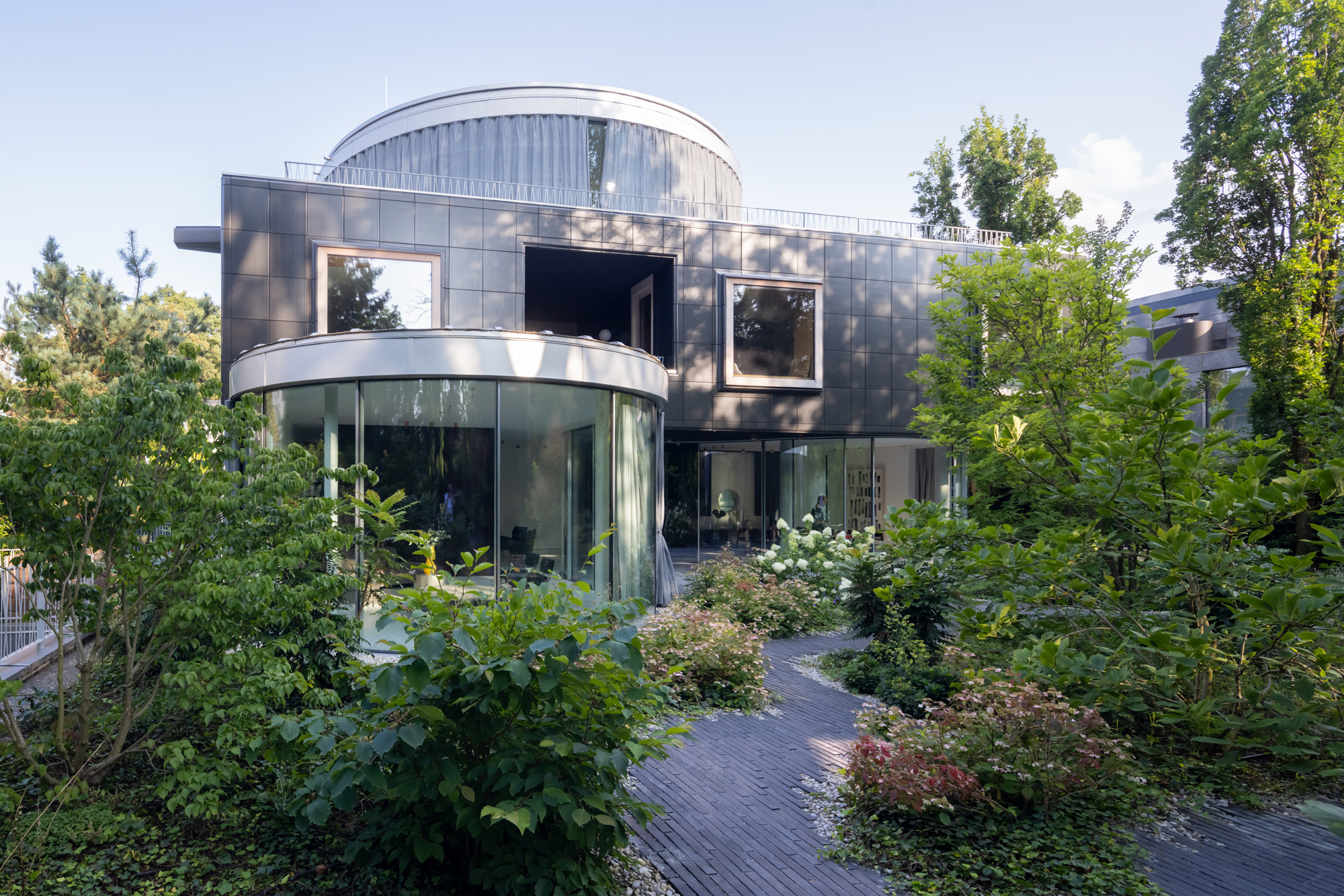 A Munich villa blurs the lines between architecture, art and nature
A Munich villa blurs the lines between architecture, art and natureManuel Herz’s boundary-dissolving Munich villa blurs the lines between architecture, art and nature while challenging its very typology
By Beth Broome
-
 NYC's The New Museum announces an OMA-designed extension
NYC's The New Museum announces an OMA-designed extensionOMA partners including Rem Koolhas and Shohei Shigematsu are designing a new building for Manhattan's only dedicated contemporary art museum
By Anna Solomon